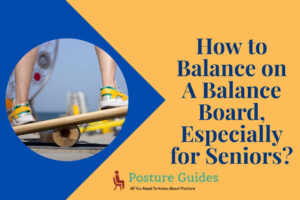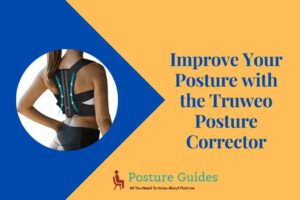Also known by the name “lazy posture”, this postural deformity is very common among the youth. It is recognized when one’s pelvis protrudes out towards the body’s center of gravity.
Contents
What is the reason for its occurrence?
This mainly occurs due to the application of pressure on the back. The improper provision of support to the hips and pelvis initiates it. This leads to pain. It can also occur due to weak abdominal muscles, whose main function is to help the upper body move forward.
By whom is this postural deformity faced?
People who possess lower strength of abdominal muscles and have weak buttocks normally tend to adjust their bodies in this posture. Those who possess this always search for other forms of external support. It can be grounded objects like a wall. They help the body to lean. The consequences of this posture are exactly different from what happens in the case of a flat back posture.
What contributes to worsening the situation?
The sway-back posture tends to overstretch the back and pelvis. It is an extension of the arched back posture where the lower back’s flexibility gets affected a great deal. It also leads to the stiffening of the joints thereby worsening their mobility. This causes immense pain in the joints and results in instability.
What are the don’ts in order to avoid this postural deformity?
The don’ts are: Standing up tall while hanging down both your spine and hips. Swimming breaststroke and yoga postures like a cobra, upward dog, and cobra and using arched-shaped objects for providing back support.
Do’s in order to prevent this postural deformity.
They are: Always try to sit properly in the chair by lifting your chin high with the back held up straight. Indulge in doing half squats which will eventually train the butt and quad muscles. Practicing proper crunches can also help to strengthen the lower abdominal muscles.
What is the scope of further treatment?
The first step required in treating this deformity lies in correcting the pelvis in order to stack it onto the hips properly. This can easily be done with the guidance of physiotherapists. They help in moving the thorax forward which brings the body to an overall neutral posture. It also relieves pressure exerted on the lower back. Other treatments involve continuous pelvis work which helps in lubricating the joints in the thoracic spine and lumbar spine region of the body.

Hi, I am Valerie. I love working out and trying out various products which help me maintain my fitness. I love reviewing products related to posture and pain relief that will help people in some way. I like to spend my extra time swimming, Running and Wall Climbing. I am a physiotherapist and have helped countless people lead a pain free life.





